Shifts in Consumer Behavior
Consumer behavior is evolving, with a growing preference for sustainable practices influencing the food waste-management market. As consumers become more conscious of their environmental impact, they are increasingly demanding transparency and sustainability from food producers. This shift is prompting companies to adopt better waste management practices, as they seek to align with consumer values. In the US, surveys indicate that over 70% of consumers are willing to pay more for products that are sustainably sourced and packaged. This trend is likely to drive growth in the food waste-management market, as businesses respond to consumer demands by implementing waste reduction strategies and promoting sustainable practices.
Growing Environmental Concerns
The food waste-management market is experiencing a surge in demand due to increasing environmental concerns. As awareness of climate change and its impacts grows, stakeholders are recognizing the need to reduce food waste, which contributes significantly to greenhouse gas emissions. In the US, approximately 30-40% of the food supply is wasted, leading to an estimated $218 billion in economic losses annually. This alarming statistic has prompted both consumers and businesses to seek sustainable solutions, positioning the food waste-management market to benefit from this shift as companies develop innovative strategies to minimize waste and promote sustainability. The growing emphasis on environmental responsibility is likely to drive investments in waste reduction technologies and practices, further propelling the market forward.
Collaboration Across the Supply Chain
Collaboration among stakeholders in the food supply chain is emerging as a key driver for the food waste-management market. Partnerships between producers, retailers, and waste management companies are becoming increasingly common, as stakeholders recognize the need for a coordinated approach to waste reduction. In the US, initiatives such as the Food Waste Reduction Alliance are fostering collaboration to share best practices and develop innovative solutions. This collective effort is expected to enhance the efficiency of waste management processes and reduce overall food waste. By working together, stakeholders can leverage their resources and expertise, ultimately driving growth in the food waste-management market.
Economic Incentives for Waste Reduction
Economic factors play a crucial role in shaping the food waste-management market. Businesses are increasingly recognizing that reducing food waste can lead to significant cost savings. In the US, the average cost of food waste disposal can reach up to $1,500 per ton, prompting companies to seek more efficient waste management solutions. Additionally, various state and local governments are implementing financial incentives to encourage businesses to adopt waste reduction practices. These incentives may include tax breaks, grants, or subsidies for companies that invest in food waste management technologies. As a result, the food waste-management market is likely to see a rise in demand for innovative solutions that not only address waste but also enhance profitability.
Advancements in Waste Processing Technologies
Technological advancements are transforming the food waste-management market, offering new solutions for processing and recycling waste. Innovations such as anaerobic digestion, composting, and waste-to-energy technologies are gaining traction in the US. For instance, anaerobic digestion can convert organic waste into biogas, which can be used as a renewable energy source. The market for anaerobic digestion systems is projected to grow at a CAGR of 10% through 2027, reflecting the increasing adoption of these technologies. Furthermore, the integration of smart technologies, such as IoT and AI, is enhancing waste tracking and management efficiency. These advancements not only improve operational efficiency but also contribute to sustainability goals, making them attractive to businesses in the food waste-management market.


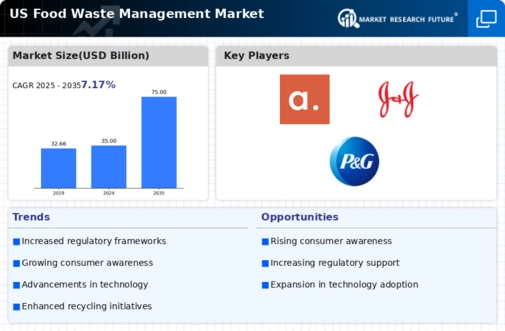
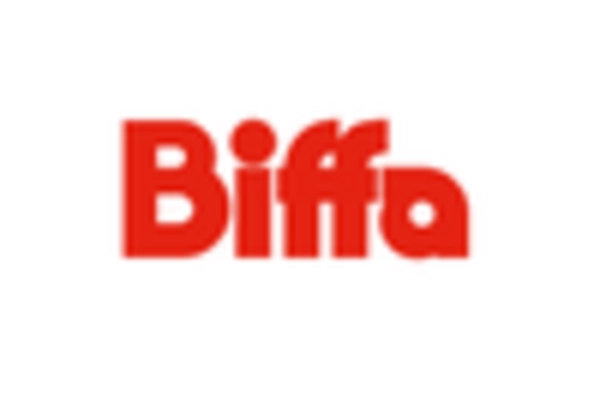

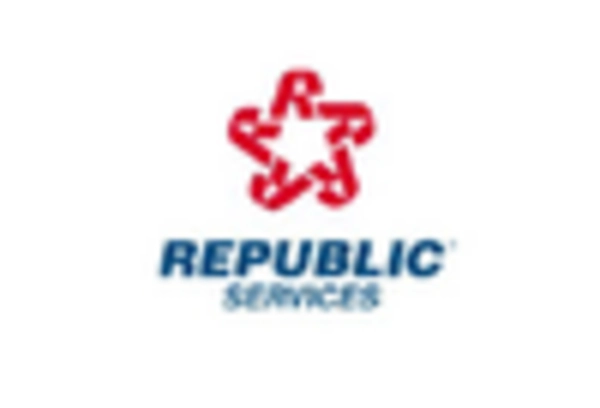
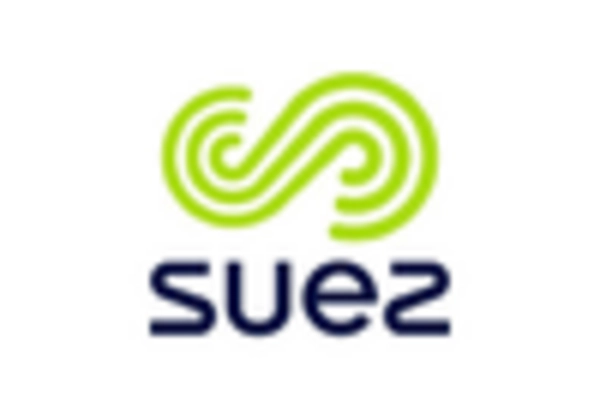

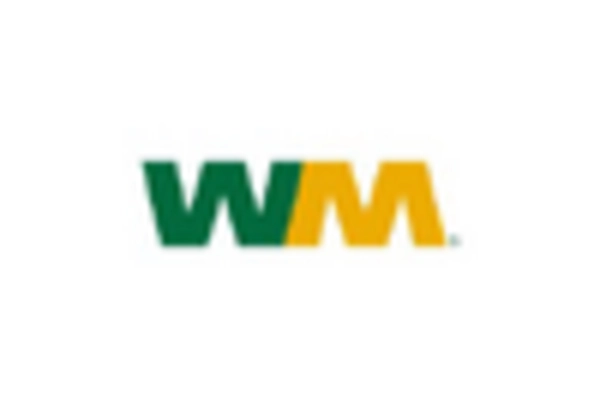








Leave a Comment